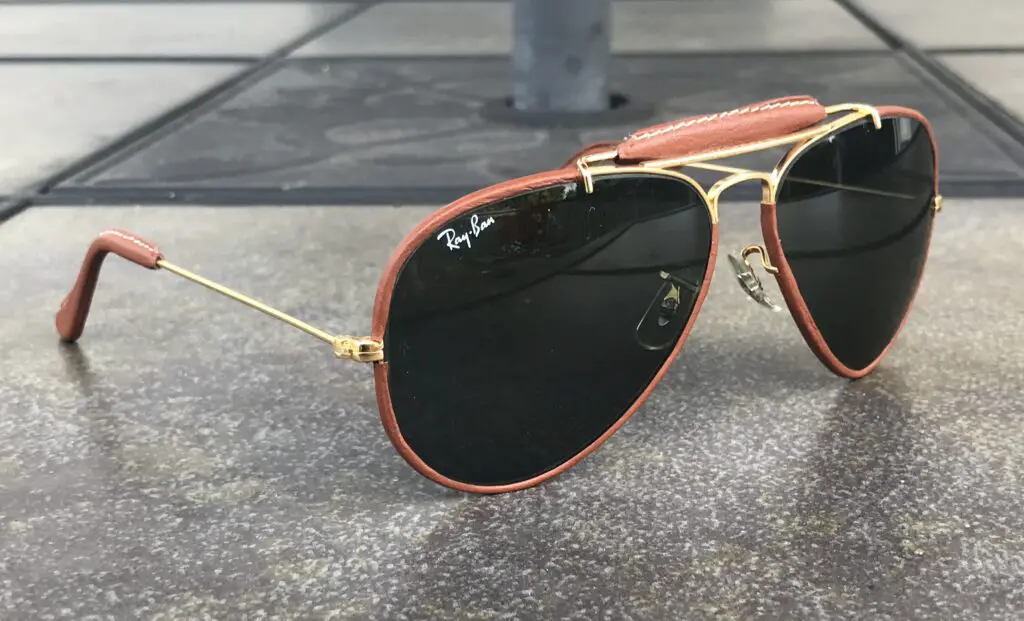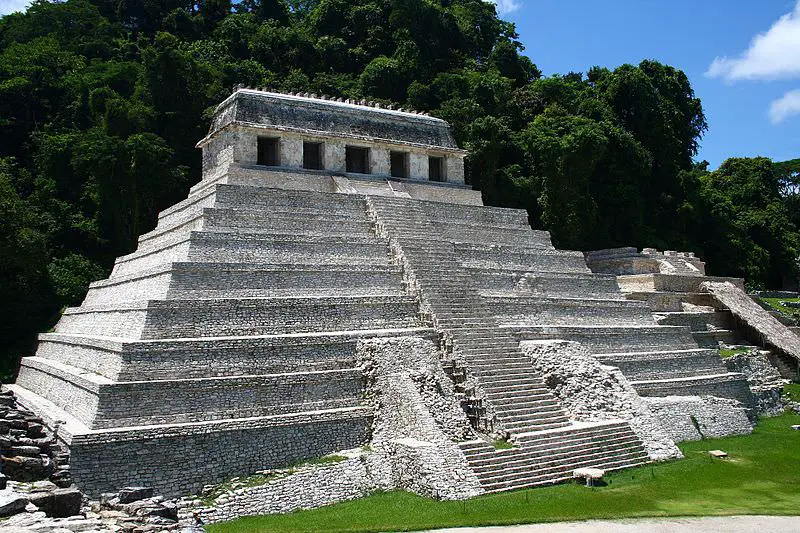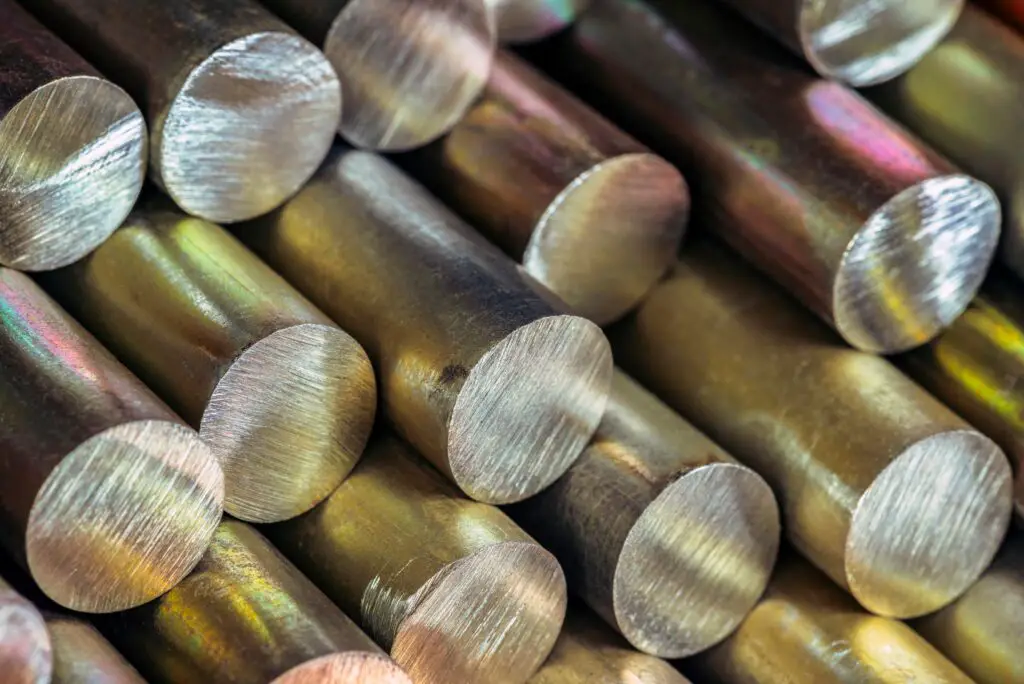1. Toothpaste – Egyptians Had Minty Fresh Breath First

Before the sleek tubes we know today, ancient Egyptians were already brushing their teeth with a homemade paste as early as 5000 BCE. Their recipe included ingredients like crushed eggshells, pumice, and even powdered ox hooves, mixed with water to form a gritty cleaner. Not exactly minty fresh, but they were onto something. They knew the importance of oral hygiene long before modern dental care became a thing shares Cracked.com.
What’s wild is that they figured this out without the benefit of dental degrees or fancy toothbrushes. Their blend was abrasive enough to scrub off plaque, and some even added herbs to improve the taste. It might not sound pleasant, but it helped protect their teeth from decay. It’s just one of those little reminders that ancient cultures were often way ahead of their time adds National Geographic Kids.
2. Seismographs – The Chinese Felt Earthquakes First

In 132 CE, Zhang Heng, a Chinese polymath, invented the first seismoscope to detect earthquakes. This bronze contraption looked more like a decorative vase than a scientific instrument, but it could detect tremors from hundreds of miles away. When seismic activity occurred, a ball would drop from a dragon’s mouth into a frog’s mouth below, indicating the direction of the quake. Pretty clever for something created almost 2,000 years ago says Engadget.
The Han dynasty didn’t have Richter scales or digital readouts, but they were still trying to understand the natural forces around them. Zhang’s invention helped the empire respond to disasters more efficiently by knowing where aid was needed. Even though the science behind it wasn’t fully understood at the time, it was an early step in seismic monitoring. And we rarely hear his name today despite how groundbreaking that invention was explains History.com.
3. Flush Toilets – The Indus Valley Was Way Ahead

The people of the Indus Valley Civilization, around 2500 BCE, had one of the world’s first systems for flushing waste. Homes in cities like Mohenjo-Daro had private toilets connected to covered drains that emptied into larger public sewer systems. Imagine having indoor plumbing thousands of years before most of the world caught up! It wasn’t just functional—it showed how much they valued hygiene and urban planning.
While the Romans get a lot of credit for aqueducts and bathhouses, the Indus Valley folks were quietly engineering a clean way to handle human waste before it was trendy. They even used water to rinse the toilets, essentially creating a primitive flush. The system was so well-designed that it rivals modern sanitation in some developing areas today. And yet, their name barely comes up in history class.
4. Sunglasses – The Inuit Blocked the Glare First

Long before Ray-Bans, the Inuit people created their own eye protection to deal with the blinding reflection of sunlight off the snow. They carved narrow slits into pieces of driftwood, bone, or antler to make what we now call “snow goggles.” These reduced glare and helped prevent snow blindness during long treks across the ice. It was both a survival tool and an early form of stylish ingenuity.
This low-tech solution was shockingly effective, using simple materials and a deep understanding of their environment. The goggles didn’t have lenses, but those tiny slits helped the wearer focus while protecting their vision. It’s easy to forget how innovative indigenous cultures were when they don’t get the spotlight they deserve. These snow goggles were a game-changer in the Arctic and paved the way for modern eye protection.
5. Brain Surgery – Ancient Peru Got There First

Skull surgery might sound like a modern procedure, but the ancient Inca and pre-Inca civilizations were already doing it—successfully. Archaeologists have found hundreds of skulls with signs of trepanation, where a hole was drilled into the skull to relieve pressure or treat head trauma. Even more amazing? Many of the patients survived. You can tell because the bone had time to heal.
This wasn’t some random hack job either—they had methods, tools, and what appears to be a sterile technique. They often used sharp obsidian tools and possibly herbal antiseptics to reduce infection. These early neurosurgeons probably knew more about brain pressure and trauma than we give them credit for. It’s a chilling but fascinating look into ancient medicine that we rarely hear about.
6. Zero – The Maya Made Nothing Something

The concept of zero might seem obvious now, but it wasn’t always part of math. While ancient Babylonians and Indians contributed to the idea, the Maya independently developed their own symbol for zero around the 4th century. That little shell-shaped symbol helped them create complex calendars and astronomical charts. In their number system, zero was more than just a placeholder—it was a critical part of how they understood time and space.
Their understanding of math and the cosmos was incredibly advanced, and zero was a huge part of that. They used it in long-count calendars to predict eclipses and mark important historical dates. Without zero, their entire system would have fallen apart. And yet, when we talk about math pioneers, the Maya often don’t make the list.
7. Postal System – Persia Delivered First

Before the Pony Express or Royal Mail, the Persian Empire had a full-blown postal system around 550 BCE. Cyrus the Great established a network of couriers who traveled on horseback along a series of stations called the Royal Road. Messages could move across the vast empire in record time for the era, thanks to fresh horses and well-planned routes. Herodotus even praised it, saying nothing stopped these couriers—not even snow or darkness.
It wasn’t just about sending letters either; it was a way to govern effectively over a sprawling empire. Leaders could stay connected with distant provinces and act quickly when needed. The system was efficient and reliable, and it set the stage for how modern postal services work today. Still, most people have never even heard of it.
8. Steel – Ancient India Forged Ahead

Long before skyscrapers and suspension bridges, Indian metallurgists were crafting steel strong enough to stand the test of time. Wootz steel, developed in South India around 300 BCE, was prized across the ancient world. It had a unique composition that made it both strong and flexible—a perfect material for swords and tools. Even the legendary Damascus steel was believed to have roots in Wootz.
Their secret? A carefully controlled smelting process using iron, charcoal, and a closed crucible that minimized impurities. The method was so precise that modern metallurgists struggled to replicate it for years. Indian steel was exported to places like the Middle East and Europe, becoming a coveted commodity. But how often do we hear about these early Indian innovators?
9. Suspension Bridges – The Inca Built to Last

Without nails, wheels, or steel, the Inca still managed to span massive canyons and rivers using suspension bridges made from woven grass. These bridges could stretch up to 100 feet and were sturdy enough to support foot traffic and llamas. The ropes were replaced annually, and everyone in the community helped maintain them. It was a perfect blend of engineering and teamwork.
Even more impressive, the bridges swayed just enough to absorb motion, making them safer than rigid wooden ones. They were so effective that they inspired modern suspension bridge designs centuries later. Some are still rebuilt today using traditional techniques. It’s a marvel of civil engineering that doesn’t get the credit it deserves.
10. Paper – The Chinese Wrote the Future

Around 105 CE, a court official named Cai Lun in China created the first version of what we now call paper. He mashed up tree bark, hemp, and old rags with water, pressed it flat, and let it dry. The result was a lightweight, smooth surface that was perfect for writing. It replaced heavier and more expensive materials like bamboo or silk.
This invention made literature, recordkeeping, and education more accessible. It helped preserve Chinese culture, poetry, and government records for centuries. Eventually, the secret of papermaking spread across the world and changed everything. But when we think of the printing press or books, we often forget that paper came first—and from a source we rarely talk about.
11. Shampoo – Ancient India Was the First to Lather Up

The word “shampoo” actually comes from the Hindi word chāmpo, meaning to massage. In India, people have been using herbal mixtures for hair care for thousands of years. They often used ingredients like soapberries, hibiscus, and amla to cleanse and condition their hair naturally. It wasn’t just about hygiene—it was also a relaxing ritual.
British colonists were so impressed that they brought the practice back to Europe in the 18th century. Over time, it evolved into the bottled shampoos we know today. But the core idea—massaging botanical ingredients into the scalp—remains the same. It’s yet another daily habit that started in a place most people don’t associate with haircare innovation.
12. Board Games – The Mesopotamians Played First

Way before Candy Land or Monopoly, the people of ancient Mesopotamia were playing the Royal Game of Ur around 2600 BCE. It was a two-player race game played with dice and small pegs on a beautifully crafted board. We might not know all the rules today, but we do know it was wildly popular for centuries. Versions of it spread to Egypt and beyond.
The game wasn’t just for fun—it was sometimes buried with people for use in the afterlife. That tells you how meaningful it was in daily life and spirituality. Playing games to pass time or connect with others is something deeply human. And it all started in a civilization we rarely talk about today.
